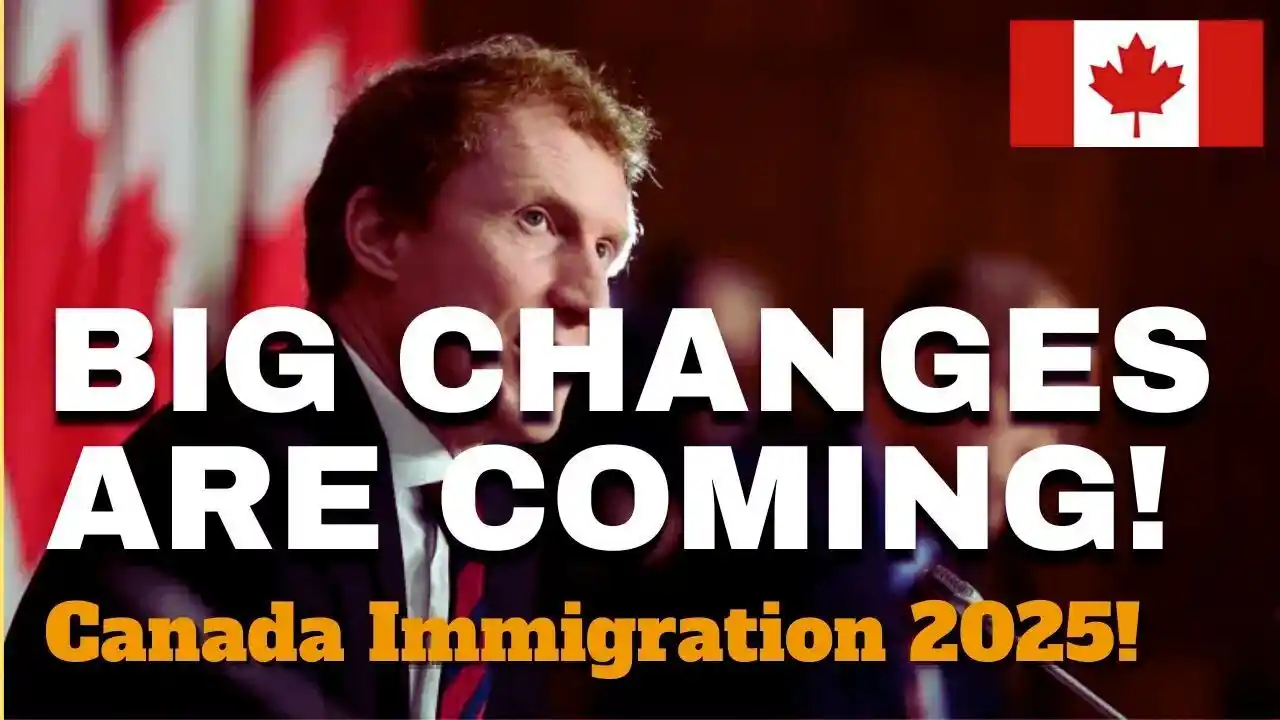As at the end of January 2025, the processing times for a variety of categories in the immigration system of Canada are much shorter. This is part of the response to greater pathways for immigration combined with the objectives of the government to enhance and streamline the application process. These changes will make the system efficient for applicants and will meet the relatively increasing demand for skilled personnel and for family reunification.
Express Entry and Skilled Worker Programs
Processing Times Improve for Entry Express and Skilled Worker Programs
Of late, turnaround times for Express Entry have improved tremendously. Fast track, the Federal Skilled Worker Program will subject applicants to no more than six months of application process, now shortened from eight to ten months in preceding years. Much like the Canadian Experience Class (CEC), applicants under this route are now averaging about five months processing time as opposed to the initial seven to nine months.
Family Sponsorship and Reunification
Family reunification is a big one, and indeed, improvements towards it are visible in wait times. Current processing time for spousal sponsorship is around 12 months, down from about 15-18 months in the old order. Parent and Grandparent Sponsorships now have a processing time of 18 months, as opposed to the previous two-year waiting time.
Temporary Permits and Study Permits
All temporary work permits in Canada have also been processed rapidly, with four months as the average duration, bearing in mind that it used to take almost six or seven months. This is also being pegged to the same six months for processing student permits, much lower than the old requirement of eight to nine months. The improvements have been made to enable students and foreign hires to commence their programs or jobs within Canada as quickly as possible.
Provincial Nominee Program (PNP)
That is why for now, applicants under the Provincial Nominee Program (PNP) report being able to complete a process in eight to ten months, very different from prior years.
Key Factors Behind the Changes
Different factors have contributed to improved processing times. First, the government has budgeted more resources into immigration. This includes increased workforce and improved technology. The integration of automation and artificial intelligence has further simplified data processing and made decisions faster with a deliberate government effort to eliminate the backlogs of applications and priorities. Applications are processed per sector to keep the labor market booming.
Looking Ahead
Thus far, we have seen improvements:. Yet, candidates are still encouraged to apply early to beat the rush or last-minute frenzy that might ogres delay their applications. Positive trends are showing improvement in processing times, thus indicating an immigration system becoming more efficient and therefore accessible for speedy relocation of individuals and families into Canada.
Conclusion
The clauses on Canadian immigration processing times, effective January 2025, testify to an unyielding government campaign to reduce delays and optimize efficiency. Overall improvement in processing times for essential categories will, therefore, make the new immigration system promise a better, more efficient processing experience for applicants to Canada.



